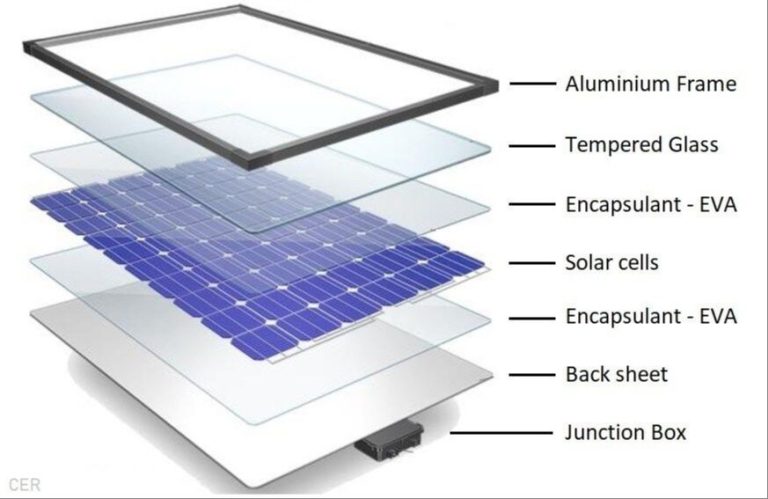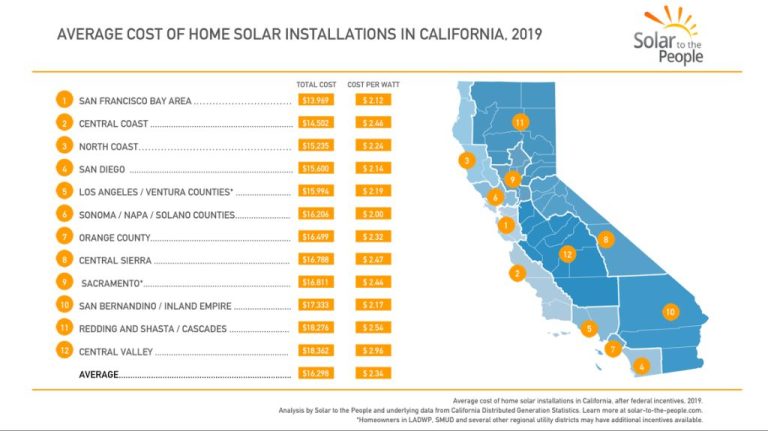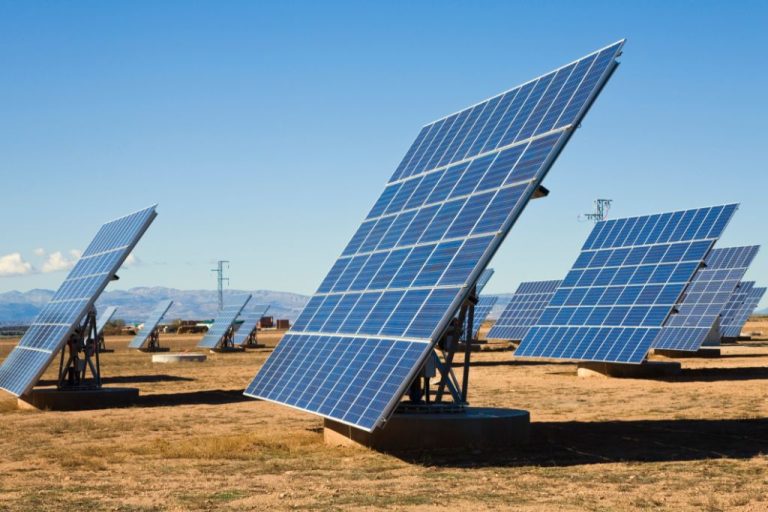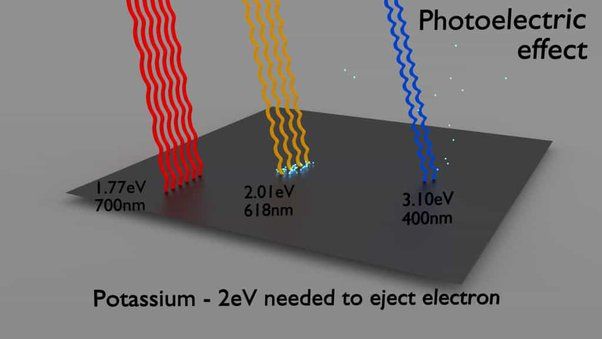What Is Happening With Solar Energy?
Solar energy has been used to harness the sun’s rays into usable energy for thousands of years starting with the Greeks and Romans using burning glasses to ignite fires. In 1839 the photovoltaic effect was first discovered by French physicist Edmond Becquerel showing the ability to generate electricity from sunlight. Solar technology advanced gradually over the years until the mid 1950s when Bell Labs developed the first photovoltaic module capable of generating usable amounts of electricity from sunlight.
Today, solar energy is one of the fastest growing renewable energy sources in the world. According to the Solar Energy Industries Association (SEIA), the U.S. solar market grew 46% in 2020 to a record 19.2 gigawatts of new installed capacity, representing 43% of all new electricity generation capacity added last year. As of 2021, over 3% of all electricity generated in the U.S. comes from solar energy. With costs continuing to fall and efficiency improving, solar adoption is expected to accelerate in the coming decade.
Sources:
https://energy5.com/unleashing-the-potential-of-solar-energy-to-combat-plastic-pollution
https://www.flechl-kachelofen.at/harness-the-sun-the-rise-of-san-diego-solar-energy-solutions/
Growth of Solar
Solar energy capacity has grown rapidly over the past decade. According to a report by MPzic, the global distributed solar energy market is expected to grow from 600.4 GW in 2024 to 1480.5 GW by 2030, at a CAGR of 15.8% from 2024 to 2030. The growth is driven by support from governments, environmental concern, decreasing costs, and technological improvements.
Another report by Sne Franklin predicts the solar energy market will reach $223 billion by 2031. This is being fueled by growth in major markets like China, the United States, Japan, and Germany. Since 2015, solar PV capacity has grown at an annual rate of 22%, and that trend is expected to continue with the solar energy market projected to expand at a CAGR of 7.2% from 2022 to 2031.
Residential solar installations have also increased substantially, with global installations rising from 1.4 GW in 2008 to 25 GW in 2016. The distributed solar market is transforming worldwide with more homes and businesses adopting rooftop solar.
Overall, solar power generation has grown from under 10 TWh in 2007 to over 600 TWh in 2018. Projections show solar’s share of global electricity rising significantly by 2040. The growth trends underscore solar’s increasing competitiveness and emerging dominance as a mainstream energy source. (Source 1, Source 2)
Cost of Solar
The cost of solar panels and installation has dropped dramatically in the past decade. According to a report by the National Renewable Energy Laboratory (NREL), prices for solar panels fell by 90% between 2009 and 2019 [1]. This steep decline is attributed to improvements in manufacturing and economies of scale as the solar industry has rapidly expanded. In addition, reductions in soft costs like permitting, installation labor, and financing have helped drive down total installed costs for residential and commercial solar systems.
With ongoing technology advances and growth in solar adoption, analysts predict prices will continue to decrease. One report forecasts an additional 40-70% reduction in solar panel pricing by 2030 [2]. As solar reaches cost parity with fossil fuel electricity generation, demand for solar is expected to surge even further.
Solar Technology
There have been significant advancements in solar panel technology in recent years. Some of the key innovations and types of solar panels include:
Monocrystalline solar panels – Made from a single crystal of silicon, these panels are the most efficient, but also the most expensive. Monocrystalline panels have efficiency rates of around 20%.
Polycrystalline solar panels – Made from multiple silicon crystal fragments, polycrystalline panels are less efficient but cheaper than monocrystalline. They have efficiency rates of around 15-18%.
Thin film solar panels – Thin films use cadmium telluride (CdTe) or copper indium gallium diselenide (CIGS) rather than crystalline silicon. They are less efficient but can be made into flexible panels. Efficiency is 8-13%.
Bifacial solar panels – These panels absorb light on both the front and back sides, increasing energy production. They can generate up to 20% more energy than traditional panels.
Concentrated PV cells – Uses lenses and curved mirrors to concentrate sunlight onto a small area of solar cells, requiring less PV material. Efficiency can exceed 40%.
Perovskite solar cells – An emerging technology using perovskite crystals, which are cheap to produce. Perovskite cells have reached efficiency of over 25% in lab tests.
Overall, innovations in solar panel materials, manufacturing, and design are driving increases in efficiency and cost declines. Companies continue to research new technologies to further improve solar energy production.
Residential Use
The use of solar energy systems in homes has grown significantly over the last decade. Homeowners are attracted to solar for several reasons – lower electricity bills, energy independence, and environmental benefits. There are two main types of residential solar systems:
Solar Photovoltaic (PV) Systems
Solar PV systems convert sunlight into electricity using solar panels installed on rooftops or ground mounts. The solar panels are connected to an inverter which converts the direct current (DC) electricity into alternating current (AC) that can power home appliances. Excess solar energy can be fed back to the electricity grid in areas with net metering policies.
Solar Water Heating Systems
Solar water heaters use solar thermal collectors to heat water for domestic use. These systems can provide 40-80% of home hot water needs. The most common types are evacuated tube and flat plate collectors. Solar water heating continues to be popular in regions with high hot water usage.
The upfront cost of a residential solar system ranges from $10,000 to $25,000 depending on system size, type of components, and location. Homeowners can take advantage of federal and state tax credits, rebates, and other incentives to offset costs. With falling prices, homeowners are now able to get payback on their solar investment within 5-10 years in many markets.
Utility-Scale Solar
Utility-scale solar refers to large solar photovoltaic (PV) systems that generate electricity for sale to utilities or large industrial customers. These systems are usually ground-mounted and have capacities of 1 megawatt or greater, although there is no universally accepted minimum size threshold.[1] Utility-scale solar projects provide economies of scale compared to smaller, distributed solar systems and help drive down the cost of solar energy.
The fastest growing segment of renewable energy in the United States is utility-scale solar. In 2020, the U.S. installed a record 19 gigawatts of new utility-scale solar capacity, a 43% increase over 2019.[2] Large solar farms can span hundreds or thousands of acres and contain millions of solar panels. The panels convert sunlight directly into direct current (DC) electricity during the day. Inverters then convert the DC to alternating current (AC) that can be transmitted over power lines to homes, businesses and the electric grid.
Utility-scale solar is attractive to electric utilities because it allows them to add carbon-free generating capacity in large increments to meet rising electricity demand. The modular nature of solar panels also allows incremental capacity additions as needed. Solar farms can be co-located with energy storage like lithium-ion batteries to provide power when the sun isn’t shining.[3]
[1] https://en.wikipedia.org/wiki/Utility-scale_solar
[2] https://cleanpower.org/facts/solar-power/
[3] https://ratedpower.com/blog/benefits-utility-scale-solar-energy-projects/
Solar Policy
The growth of solar energy in the United States has been driven in large part by favorable government policies and incentives. At the federal level, the investment tax credit (ITC) offers a 26% tax credit for residential and commercial solar installations. This tax incentive is slated to step down to 22% in 2023 and 0% for residential installations in 2024 (SEIA, 2021). Many states also offer additional solar incentives like rebates, renewable portfolio standards that require utilities to source a percentage of energy from renewable sources, and net metering policies that compensate solar owners at retail rates for excess electricity fed back to the grid (NYSERDA, 2022).
However, policy uncertainty has also hampered growth at times. The ITC has been extended and renewed multiple times causing boom-bust cycles in the solar industry. Changes in net metering policies in certain states like California and Nevada have also negatively impacted the economics of rooftop solar. Policy battles around solar imports and tariffs have introduced uncertainty in the supply chain and costs. Nevertheless, continued policy support at both state and federal levels has been a key driver for solar adoption and is needed to facilitate the transition to renewable energy. Strong policy support will likely be needed to achieve President Biden’s goal of a carbon pollution-free electricity sector by 2035 (The White House, 2022).
Environmental Impact
One of the key benefits of solar energy is its reduced environmental impact compared to fossil fuels like coal, oil, and natural gas. Solar power generates electricity without any air or water pollution. According to Dynamics Solar, solar energy helps “reduce environmental pollution, conserves water and reduces carbon footprint.”
In contrast, burning fossil fuels releases pollutants like nitrogen oxides, sulfur dioxide, particulate matter, and heavy metals into the air. Fossil fuel emissions are the leading cause of air pollution and smog in cities worldwide. Coal power plants are also a major source of carbon emissions that contribute to climate change. Per Arka360, solar energy has a “negligible impact on the ecosystem of the land” compared to fossil fuels.
By switching to solar energy, we can significantly reduce air and water pollution, greenhouse gas emissions, and other environmental impacts from electricity generation. Widespread adoption of solar power is an important step towards creating a cleaner, more sustainable energy system.
Challenges
While solar energy has grown dramatically in the past decade, there are still significant challenges to further adoption and scaling.[1][2] One major issue is that solar power is intermittent – solar panels only generate electricity when the sun is shining. This can make integrating large amounts of solar onto the electric grid challenging, as supply fluctuates with cloud cover and time of day.[1]
Solar power also requires a lot of land area for utility-scale installations. Siting large solar farms requires balancing land use concerns like preserving farmland and wildlife habitat.[2] Even on rooftops, space constraints can limit residential solar capacity. Overall, scaling solar to reach higher levels of penetration on the grid presents system integration and land use challenges.
The intermittent nature of solar power also creates the need for investment in energy storage and grid flexibility solutions. Advancements in battery storage can help mitigate intermittency, but currently this still adds significant cost to solar projects.[1] More work is needed on improving storage technology and integrating solar with grid management and flexible generation sources.
Future Outlook
The future looks bright for solar energy. Projections estimate that solar capacity will continue to grow rapidly in the coming years. According to one source, global solar PV capacity is expected to reach over 5,000 gigawatts by 2030, a fivefold increase from 2020 levels (source). Major markets like the U.S., China, and India are forecasted to install record solar capacity additions through 2025.
There are also exciting innovations on the horizon that could further accelerate solar adoption. These include improvements in solar cell efficiency, reductions in soft costs like permitting and installation, advancements in energy storage technology, and the growth of floating solar farms on bodies of water (source). With continued cost declines and technological improvements, solar is positioned to play a major role in the global transition to clean energy.






